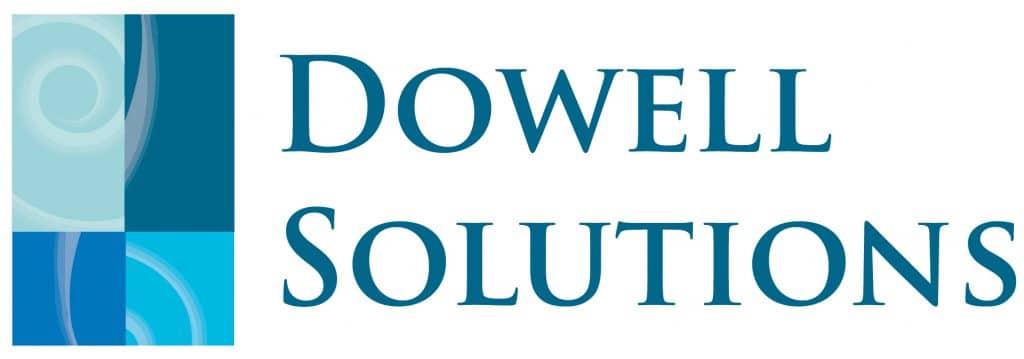Understand the risks and your responsibilities, even if you’re not a sound engineer.
In my work with businesses across NSW and beyond, I often hear managers say:
“It’s loud, but I’m not sure if it’s ‘too loud’, or what to do about it.”
Noise is one of the most underestimated workplace hazards. Ignoring it can lead to permanent hearing damage, costly workers’ compensation claims and legal penalties.

What Are the Legal Workplace Noise Limits in Australia?
Noise becomes hazardous when:
Average exposure (LAeq) reaches or exceeds 85 dB(A) over an 8-hour day
Peak noise exceeds 140 dB(C) at any time
Quick check: If workers need to shout to be heard at a distance of 1 metre, it’s likely too loud.
Question: What is the legal noise limit for workplaces in Australia?
Answer:
In Australia, workplace noise becomes hazardous when average exposure reaches or exceeds 85 dB(A) over an 8-hour day, or when peak noise exceeds 140 dB(C) at any time. If workers need to shout to communicate at 1 metre, it’s likely too loud and action is required.
Why Complaints Aren’t a Reliable Indicator
Many managers believe noise is only a problem if someone complains. In reality, hearing damage builds up gradually and is often permanent by the time symptoms appear.
Practical Signs Your Workplace Might Be Too Loud
Watch for these real-world signs:
Workers raising voices to communicate
Ringing ears after work
Temporary dullness or ‘blocked’ hearing
Why Short Bursts Can Still Be Harmful
Many people think they’re safe if noise exposure is only for a short period and not all day. However, noise damage depends on both the level and the duration of exposure.
According to the Safe Work Australia Code of Practice, if you’re exposed to 91 dB(A), it only takes 2 hours before you reach the daily exposure limit. At 100 dB(A), it takes just 15 minutes.
Here’s a simplified example from the Code’s exposure table:
Noise level | Max Safe Exposure Without Protection |
85 dB(A) | 8 hours |
88 dB(A) | 4 hours |
91 dB(A) | 2 hours |
94 dB(A) | 1 hour |
97 dB(A) | 30 minutes |
100 dB(A) | 15 minutes |
103 dB(A) | 7.5 minutes |
106 dB(A) | 3.8 minutes |
109 dB(A) | 1.9 minutes |
Even relatively short exposure to loud equipment can be harmful.
The Hidden Hazard
At a manufacturing site using angle grinders and compressed air tools, no formal complaints were raised. But during a walkthrough, I noticed staff shouting constantly. A professional assessment revealed noise levels of 89–92 dB(A), well above legal limits.
We introduced a practical noise management plan, rotated tasks, and added regular hearing checks. The business avoided costly claims and maintained productivity without major upgrades.
Why Early Workplace Noise Management Matters
Excessive noise affects hearing, focus, teamwork, and safety. Acting early means:
Lower costs and easier fixes
Stronger legal compliance
Better staff engagement
Improved safety culture
What Should You Do Next?
1. Observe your team, do they raise voices regularly?
2. Document what’s noisy, when, and where.
3. Arrange a professional noise assessment if unsure.
4. Develop and act on a structured noise management plan.
Additional Resources
Need Support?
You don’t have to work it out alone. At Dowell Solutions, we translate complex noise data into practical, cost-effective actions.

ABOUT THE Author - Kylie Dowell
Kylie Dowell is a seasoned WHS consultant, trainer, and safety advocate with over 25 years of experience helping Australian businesses create safer, compliant workplaces.
Through her partnership with TEAMS, an accredited Registered Training Organisation, Kylie delivers a wide range of training up to Advanced Diploma level, empowering businesses with the knowledge and skills to manage safety effectively.
As an approved trainer for Health and Safety Representative (HSR) courses by three Safety Regulators, Kylie has guided countless organisations in building stronger safety cultures and fostering healthier work environments.
Specialising in practical and effective safety solutions, she works closely with small and medium-sized businesses to simplify complex WHS requirements, making safety approachable and achievable.
When she’s not delivering high-quality training or conducting ISO 45001-certified audits, Kylie enjoys collaborating with her clients to design tailored workshops and strategies that suit their unique needs.
Ready to make safety simpler? Get in touch with Kylie today for personalised support.
